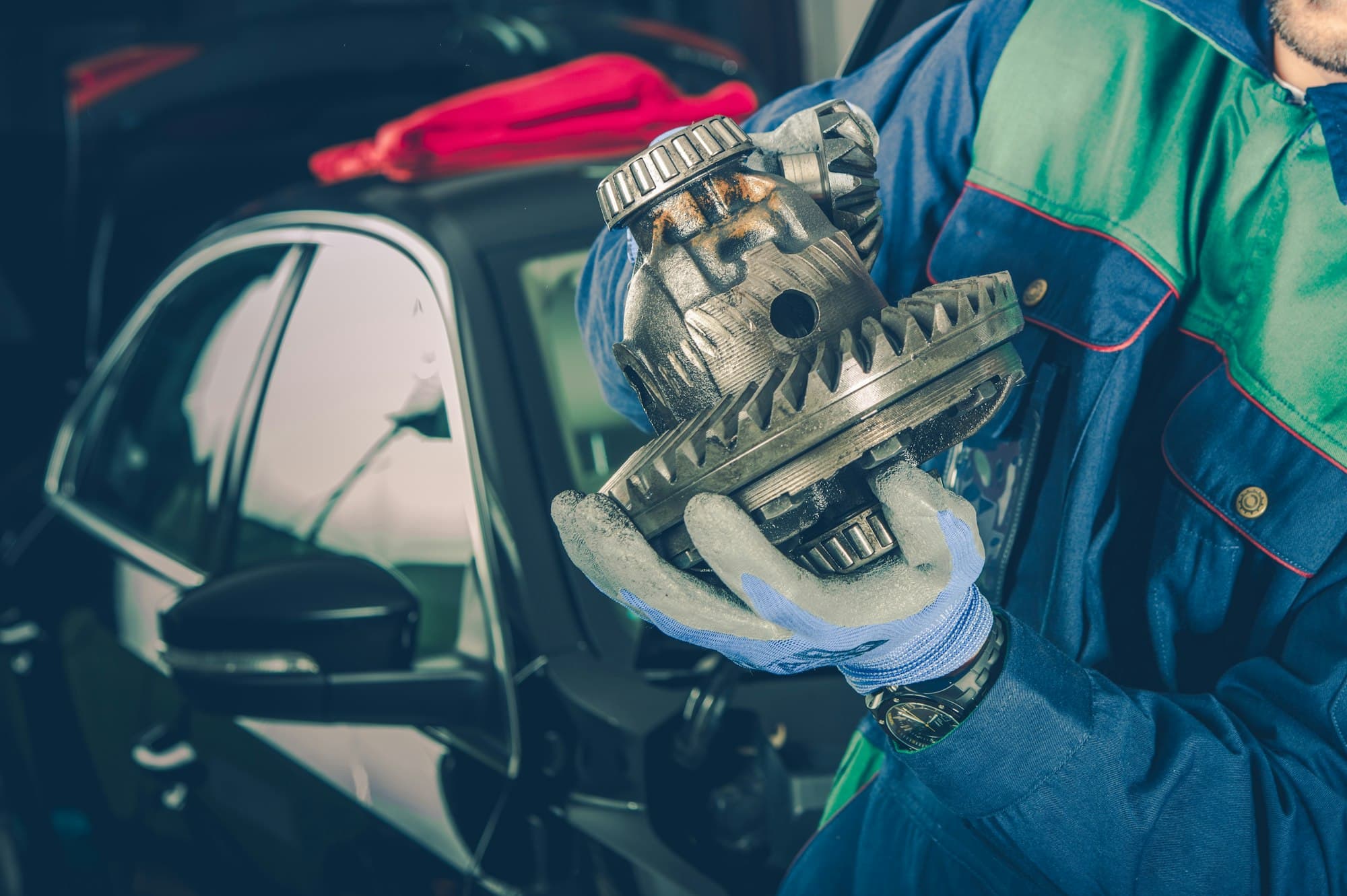Can Upgrading the Differential in a Lotus Elise Enhance Handling on the Track?

In the illustrious world of sports cars, few names evoke as much anticipation and excitement as the Lotus Elise. This iconic British roadster has established a reputation for delivering a pure and authentic driving experience. While its petite weight and nimble handling make it a joy to pilot around winding roads, many owners and enthusiasts wonder whether modifying certain components can bring about even better performance. One area of focus is the car’s differential, more specifically, the limited-slip differential (LSD). Today we will explore the question: Can upgrading the differential in a Lotus Elise enhance its handling on the track?
Understanding the Role of a Differential
Before diving into the specifics of an upgraded differential, it’s vital to comprehend the function of this crucial component in your Lotus Elise. A car’s differential sits between the two rear wheels and controls the distribution of power from the engine to those wheels. In other words, it allows the wheels to spin at different rates, a critical feature when navigating corners.
In the same genre : What’s the Best Way to Insulate a Jeep Cherokee’s Transmission Tunnel for Heat Reduction?
In a standard open differential, power is distributed equally to both rear wheels. However, in circumstances where one wheel loses traction, such as on a slippery road or during an aggressive turn on a track, an open diff will send more power to the wheel with less traction, potentially leading to a loss of control.
The Advantages of a Limited-Slip Differential (LSD)
A limited-slip differential, or LSD, is a more sophisticated type of diff. It is designed to overcome the shortcomings of an open differential by distributing power variably between the two wheels. When a loss of traction is detected, an LSD will send more power to the wheel with more grip, enhancing control and stability.
Have you seen this : Unlock excitement with live mystery box wins today!
In the context of a Lotus Elise, an LSD can give you a noticeable edge, especially if you’re zipping around a race track. The LSD’s capability to deliver power precisely where it’s needed can contribute to more controlled and confident cornering. This helps you maintain speed through turns, which ultimately leads to reduced lap times.
The Potential Drawbacks of Upgrading to an LSD
While an LSD can offer significant benefits, it’s important to consider the potential drawbacks before making the decision to upgrade. Firstly, LSDs are generally more complex and expensive than their open counterparts. They also require regular maintenance to ensure their optimal function.
Secondly, the additional traction provided by an LSD can impact the Elise’s handling characteristics. The car’s rear might stick to the road more firmly than before, which could lead to understeer if the front tires are not able to keep pace. This can be mitigated, however, by adjusting the tire pressures or camber angles.
Adjusting Suspension and Tire Settings for Optimal Handling
To make the most of an upgraded LSD in a Lotus Elise, you may need to tweak your suspension and tire settings. The Elise’s lightweight design and balanced weight distribution make it incredibly responsive to these adjustments.
For instance, you could consider making changes to the spring rate. A stiffer spring rate at the front can help counteract any understeer caused by the LSD, while also improving the car’s turn-in response. Furthermore, adjusting the camber – the angle of the wheels in relation to the road – can also improve grip, particularly during cornering.
Finally, tire pressures can be tweaked to fine-tune the balance between the front and rear of the car. A slight increase in rear tire pressure, for example, can help alleviate any understeer tendencies.
In Conclusion
In summary, upgrading the differential in a Lotus Elise can indeed enhance its handling on the track. A limited-slip differential offers a host of benefits, particularly when navigating corners at high speed. However, it’s essential to be aware of the potential implications on the car’s handling balance and to be prepared to make corresponding adjustments to the suspension and tire settings. With the right modifications and setup, your Lotus Elise could be transformed into an even more exhilarating track weapon.
The Importance of Load Transfer and Ride Height Adjustments
Undoubtedly, optimizing your Lotus Elise’s handling after upgrading to an LSD requires a holistic approach. One vital aspect that needs to be considered is load transfer. In simple terms, load transfer refers to the shift of weight distribution from front to rear (or vice versa) and from side to side as the car accelerates, brakes, or takes a corner.
When you install an LSD, the improved traction at the rear can affect the car’s load transfer characteristics, especially during high-speed cornering. This is where adjusting the ride height can come into play. The Elise’s ride height – the distance between the car’s body and the ground – affects its center of gravity, which in turn influences load transfer.
Lowering the ride height can reduce the center of gravity, thereby minimizing load transfer and improving stability during cornering. However, this must be done cautiously. An excessively low ride height may lead to issues like bottoming out on bumps or reduced ground clearance.
Additionally, the anti-roll bar settings of the Lotus can also be adjusted to manage load transfer. A stiffer anti-roll bar at the front can help counteract the higher rear traction provided by the LSD, thereby balancing the car’s handling characteristics.
Evaluating the Decision: Is an LSD Upgrade Worth It?
After considering the various factors, the final question is whether upgrading the differential in a Lotus Elise to a LSD is truly beneficial. The answer, inevitably, depends on your driving habits and the conditions you usually encounter.
If you frequently take your Elise to the track, where high-speed cornering and aggressive driving are the norm, an LSD can be a valuable addition. Its ability to enhance traction and stability during cornering can contribute to faster lap times and a more confident driving experience.
On the other hand, for less aggressive driving or regular road use, an open diff might be sufficient. The added complexity, cost, and maintenance requirements of an LSD may not provide a significant return on investment in such scenarios.
Concluding Thoughts
In conclusion, the installation of a limited-slip differential can certainly enhance the handling of a Lotus Elise on the track, giving you an edge during high-speed cornering. However, the upgrade does not exist in isolation. It is necessary to adjust other aspects of the car’s setup – including spring rate, camber angle, tire pressures, load transfer, and ride height – in order to fully benefit from the LSD.
Ultimately, the decision to upgrade should be based on your personal driving style and needs. While the LSD can offer improved performance, it comes with additional costs and maintenance requirements.
Remember, the joy of driving a Lotus Elise lies in its original embodiment of a pure and authentic driving experience. Any modification should aim to enhance this experience, not detract from it.
